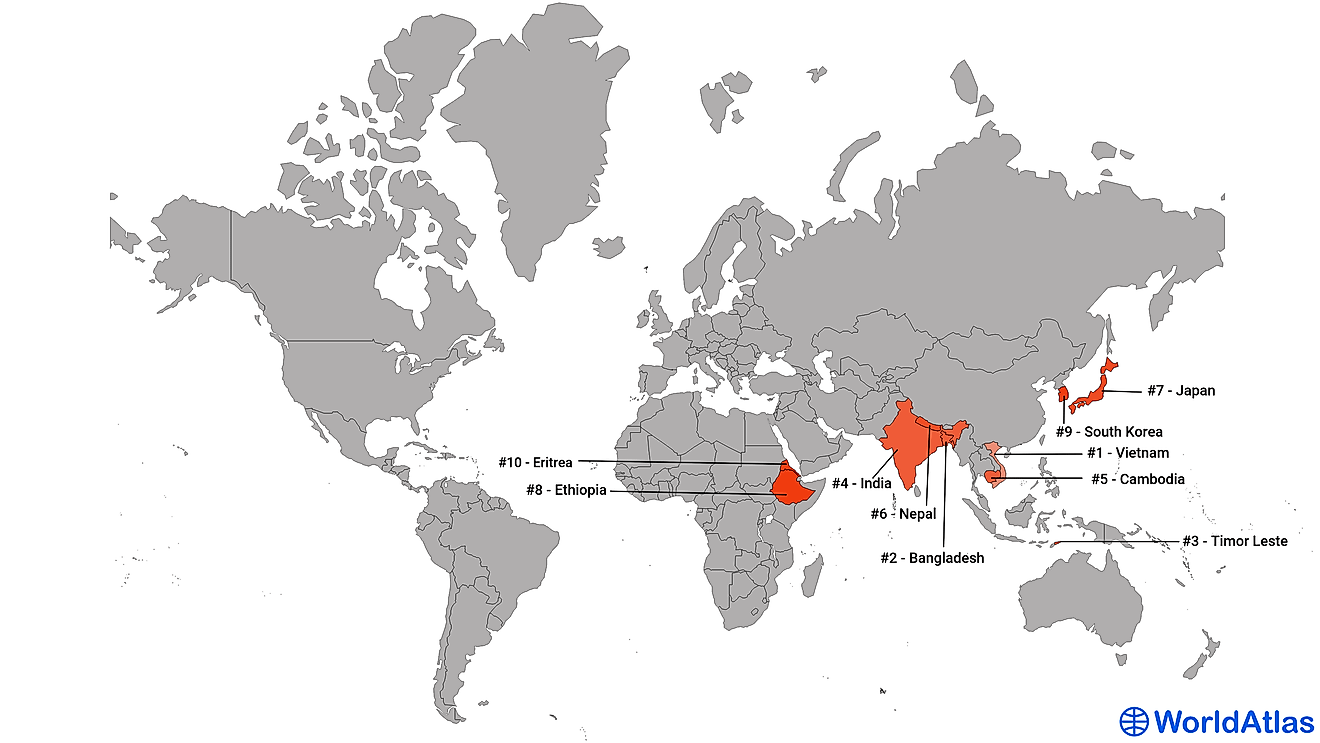Where is the Republic of Artsakh?

The Republic of Artsakh is also sometimes known by its former name of the Nagorno-Karabakh Republic. Located in South Caucasus, the self-declared republic is largely unrecognized by the international community. To access it, one has to go through Armenia. It is a landlocked region with lots of mountains and forests. The country’s location is between lower Karabakh and Zangezur. It covers the Southeastern range of the Lesser Caucasus. The United Nations considers Artsakh to be part of the state of Azerbaijan. The Caspian Sea bounds Azerbaijan to the East, Georgia is to its Northwest, Iran to the South, Russia to the North and Armenia to the West. Artsakh’s name “Nagorno” is a Russian noun meaning “highland” and “Karabakh” which constitutes two words; “Kara” in Turkic meaning “black” and “bakh” in the Persian language meaning “garden.” Therefore, the meaning of the word is “black garden.”
Geography of Artsakh
Artsakh is mountainous with an area of 11,500 square kilometers. It borders Armenia to the West, Iran to the South, and Azerbaijan to the North and East. Mount Mrav and Mount Kirs are the highest peaks in Artsakh. The Sarsang Reservoir is its largest water body. Artsakh’s major rivers are River Terter and River Khachen. The nation is on a plateau which slopes downwards to the East and Southeast on an average altitude of 1,097 m above the sea level. Artsakh’s climate is mild and 36% of the region is forested. The highlands and mountains are habitats for 2,000 or more plant species.
History of Artsakh
Nagorno–Karabakh historically belongs to the Kura–Araxes culture. Kura –Araxes lies between rivers Kura and Araxes. In the past, the ruler of the Upper Karabakh area was the Armenia princes. In the 18th century, an internal conflict occurred which led to the formation of Karabakh Khanate by the Persian and Turkic rulers. The Russian Empire took over the region in the year 1806. Artsakh has a presidential system. Thus, its executive power lies with the president who is both the head of state and the head of the government. Artsakh has close associations with the Armenians who support them economically, politically, and militarily. A perfect example of their coexistence is the use of Armenia’s currency known as the dram by the republic of Artsakh.
The Nagorno-Karabakh Conflict
To date, talks between the governmental bodies of Armenia and Azerbaijan are ongoing. The objective of the negotiations is to settle the dispute the two countries have had over the region of Nagorno-Karabakh and the seven surrounding districts. The conflict is said to have been territorial and ethnic. It took place in the 20th century when Karabakh Armenians demanded that the Soviet Azerbaijan be transferred to Soviet Armenia. The main aim of the war was for Azerbaijan to prevent the Nagorno-Karabakh’s secession movement. The outcome of the conflict was the displacement of the Azerbaijanis and the Armenians. However, threats of war in this region do not seem to end as many conflicts keep arising from time to time.











